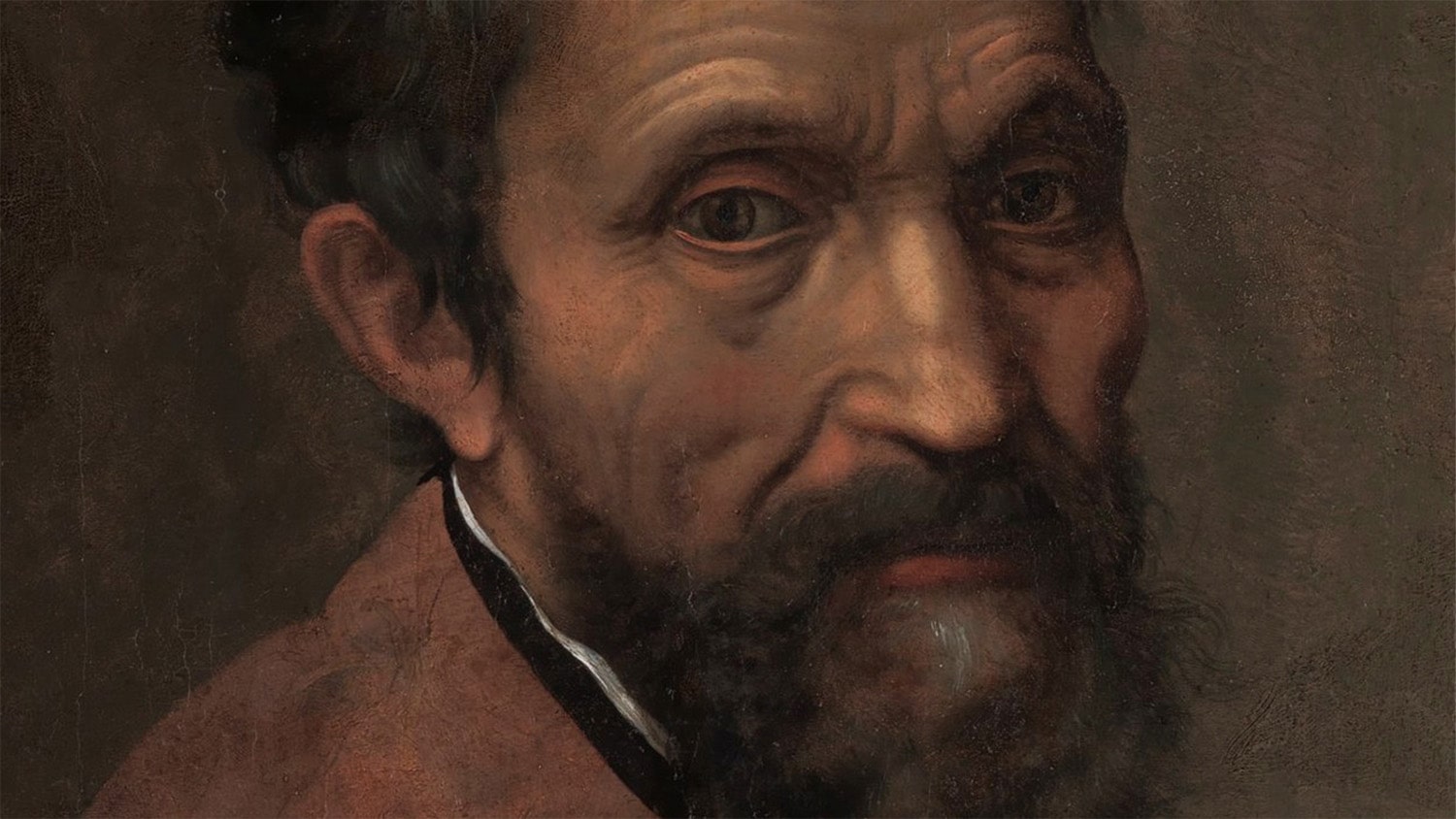
35 interesting facts about Michelangelo
- 👁️ 271
Michelangelo Buonarroti, a towering figure of the Italian Renaissance, was an artist whose name has become synonymous with unparalleled genius and innovation in the history of art. Born on March 6, 1475, in Caprese, Italy, Michelangelo’s work encompassed sculpture, painting, architecture, and poetry, leaving an indelible mark on the world. His creations, such as the statues of David and Pietà, the ceiling of the Sistine Chapel, and the design of St. Peter’s Basilica, are celebrated for their beauty, emotional depth, and technical mastery. Michelangelo’s dedication to his craft and his ability to imbue marble and fresco with life have inspired countless artists and admirers through the centuries. Let’s delve into some interesting and informative facts about Michelangelo that highlight his extraordinary contributions to art and culture.
- Michelangelo was predominantly self-taught, initially learning the art of painting from Domenico Ghirlandaio and sculpture from Bertoldo di Giovanni.
- He sculpted the iconic Pietà, housed in St. Peter’s Basilica, Vatican City, when he was only in his early twenties.
- Michelangelo’s David, standing at 17 feet tall, was carved from a single block of marble that had been previously deemed flawed by other artists.
- He was the first Western artist whose biography was published while he was still alive, in two versions by Giorgio Vasari and Ascanio Condivi.
- Despite being known primarily for his sculpture and painting, Michelangelo also had a profound impact on architecture, with his work on the Medici Chapel and the Laurentian Library.
- His painting of the Sistine Chapel ceiling, commissioned by Pope Julius II, took approximately four years to complete (1508–1512).
- Michelangelo’s rivalry with fellow Renaissance artist Leonardo da Vinci is well-documented, although they influenced each other’s work.
- He secretly dissected human corpses to study anatomy in order to improve the realism of his sculptures and paintings.
- The Last Judgment, a fresco covering the entire altar wall of the Sistine Chapel, was completed by Michelangelo 24 years after the ceiling and includes a self-portrait as the flayed skin of St. Bartholomew.
- Michelangelo was appointed chief architect of St. Peter’s Basilica in 1546, at the age of 71.
- He was known to be deeply religious, which profoundly influenced his art, especially in his later years.
- Michelangelo never married and dedicated his life entirely to his art.
- The artist’s poetry includes over 300 sonnets and madrigals, reflecting his thoughts on art, life, and love.
- Despite his wealth, Michelangelo was notoriously frugal and lived modestly.
- He continued to work almost until his death at the age of 88, a testament to his lifelong dedication to art.
- Michelangelo faced various physical ailments throughout his life, exacerbated by his laborious work.
- His temperamental nature and high standards often led to disputes with patrons, including popes and members of the Medici family.
- Some of his projects remained unfinished, most famously the series of sculptures known as the “Prisoners” or “Slaves.”
- Michelangelo was deeply influenced by classical antiquity, as seen in his admiration for ancient Roman statues.
- The artist’s work was known for its terribilità, a term coined by his contemporaries to describe the awe-inspiring and emotional intensity of his art.
- He created a new marble quarry to complete the façade of the Basilica of San Lorenzo in Florence, which ultimately remained unfinished.
- Michelangelo’s impact extended to the Mannerism movement, influencing artists such as Pontormo and Rosso Fiorentino.
- The Moses sculpture, part of the tomb of Pope Julius II, was considered by Michelangelo himself as one of his most lifelike creations.
- Contrary to the solitary genius myth, Michelangelo collaborated with numerous assistants and apprentices throughout his career.
- He was one of the wealthiest artists of his time, leaving a substantial estate at his death.
- Michelangelo’s dedication to work meant that he often slept in his clothes and boots, neglecting personal hygiene.
- The artist had a profound impact on the development of Western art, influencing countless artists across multiple generations.
- His architectural work on the Capitoline Hill in Rome set the groundwork for urban planning principles in Europe.
- The only known bronze sculpture attributed to Michelangelo, a statue of Pope Julius II, was lost or melted down.
- He was the subject of two biographies published during his lifetime, a rarity for artists of the period.
- Michelangelo’s letters, of which over 500 survive, provide insight into his personal and professional relationships.
- Despite his fame, Michelangelo often struggled with the physical demands of his work and the high expectations of his patrons.
- He pioneered the use of the contrapposto stance in sculpture, adding dynamic movement to his figures.
- The artist’s battle scenes for the Palazzo della Signoria’s Sala del Gran Consiglio, though never completed, were highly influential sketches.
- Michelangelo was buried in the Basilica of Santa Croce in Florence, according to his wishes to be laid to rest in his beloved Florentine homeland.
Michelangelo Buonarroti remains a monumental figure in the history of art, whose works continue to awe and inspire. His unparalleled contributions to painting, sculpture, and architecture have left an indelible mark on the Renaissance and the art world at large. Michelangelo’s legacy is not just in the beauty of his art but in his enduring influence on generations of artists who followed in his footsteps. As we reflect on his life and work, we are reminded of the power of human creativity and the timeless appeal of beauty and expression.
Michelangelo Buonarroti, a towering figure of the Italian Renaissance, was an artist whose name has become synonymous with unparalleled genius and innovation in the history of art. Born on March 6, 1475, in Caprese, Italy, Michelangelo’s work encompassed sculpture, painting, architecture, and poetry, leaving an indelible mark on the world.…